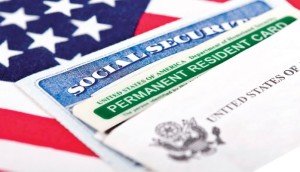December Visa Bulletin and EB-5 Pilot Program
 The December Visa Bulletin was released earlier this week, using the same filing and action date system that the Department of State introduced with the October Bulletin. Like the November Bulletin and the revised October Bulletin, the December Bulletin was disappointing for many hopeful immigrant visa applicants. Many categories remained stagnant. One beacon of hope was the EB-2 category for India. The action date moved from August 2006 to June 2007. The EB-3 categories still lag far behind and there was no movement in the filing dates for any Employment Based category.
The December Visa Bulletin was released earlier this week, using the same filing and action date system that the Department of State introduced with the October Bulletin. Like the November Bulletin and the revised October Bulletin, the December Bulletin was disappointing for many hopeful immigrant visa applicants. Many categories remained stagnant. One beacon of hope was the EB-2 category for India. The action date moved from August 2006 to June 2007. The EB-3 categories still lag far behind and there was no movement in the filing dates for any Employment Based category.
Another concern in Employment-Based immigration is the expiration of the EB-5 pilot program. The pilot program concerns the regional centers, where investors can make more passive investments and not be actively involved in the running of the invested business. The pooling of resources among a group of investors is another attractive feature and this program has been utilized to construct shopping malls, residential complexes, and even turnpike expansion. The program has been championed by US mayors as stimulating investment without taxing. However, the pilot program is set to expire on December 11. The program has existed for 20 years in short incremental cycles of renewal. A bill was proposed earlier this year to make the program permanent in contemplation of the September 30 deadline. Instead of voting on that bill, Congress decided to extend the program to December 11, continuing its temporary nature.